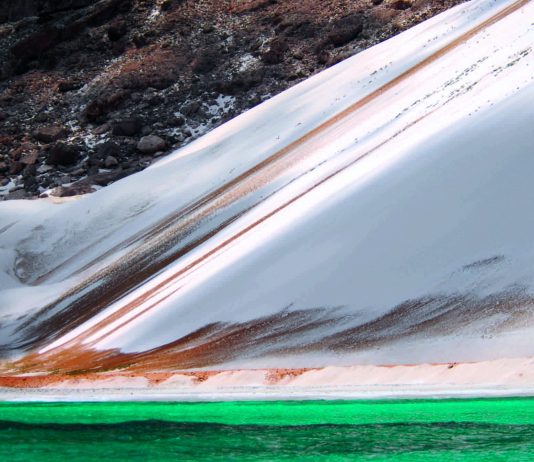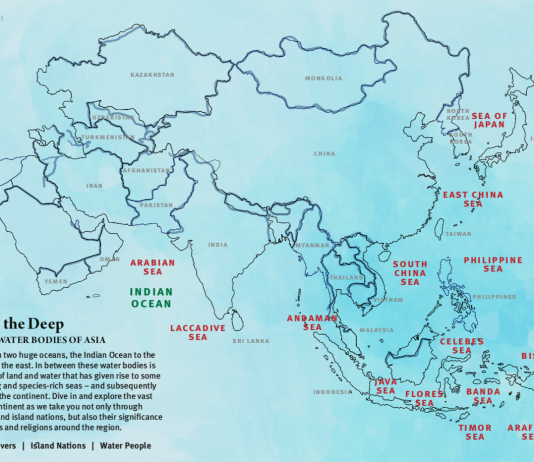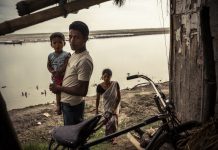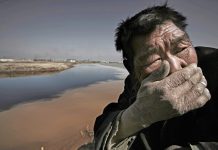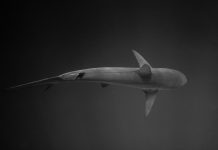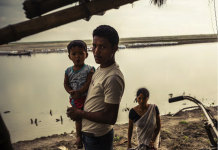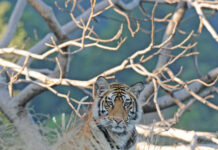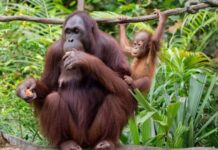Rivers of Life
China and India’s race to fulfil hydroelectric dreams has seen over 150 dams planned for River Brahmaputra and its tributaries – and this number is just from India alone. The 2,900 kilometre river, which runs through China, India and Bangladesh, is at the epicentre of flash floods, environmental degradation and loss of livelihoods, borne by rural villagers and their homes which stand in the way of meeting energy demands.
The Reality of Recycling Plastics
Text Rachel Kwek
It is no secret that only 9% of our global plastic waste is recycled. The rest end up in incinerators, landfills and...
The Elephant in the Room
The size of the human population – currently at an estimated 7.4 billion people – sets the scale of human behaviour and its concomitant environmental impact. According to a United Nations report, the human population could reach 9.7 billion by 2050, and over 11 billion by 2100, but it could be anywhere between 6.7 billion at the low end, and over 16 billion at the high end.
On Concerns Around Potential Amendments to the Shark Ban in the Maldives
Media statement by The Republic of Maldives’ Ministry of Fisheries, Marine Resources and Agriculture:
Following serious concerns regarding the status of shark stocks in Maldivian...
Rivers of Life – Franck Vogel’s Transboundary Rivers Project
By Franck Vogel
China and India’s race to fulfil hydroelectric dreams has seen over 150 dams planned for River Brahmaputra and its tributaries – and...
Project Tiger: Conserving India’s Forests
Text and images by Subhasish Chakraborty
This is where things stood in 1994, when a Time magazine cover shouted that the Tiger was “Doomed”, and U.S....
Palm Progress
Can palm oil plantations and endangered rainforests really coexist? One conservationist says yes.
Text and images credit: Nathan Sen
The island of Borneo, divided among Malaysia,...
The Birth of Divergence
In 2014, the Limnonectes larvaepartus, or tadpole-laying frog, was finally characterised as a new species, 25 years since the first individual was discovered in the Wartabone National Park in Sulawesi, Indonesia.


